Thermodynamics is a vital part of NEET Chemistry, bridging physical science concepts with chemical behavior. It helps explain how and why chemical reactions occur—whether they release or absorb energy, and whether they are spontaneous or require external input. Despite seeming theory-heavy, Thermodynamics is actually a conceptual and scoring chapter for NEET aspirants.
This chapter typically contributes 2–3 questions every year in the NEET exam. The beauty of Thermodynamics lies in its formula-driven nature. Questions are rarely calculation-intensive; instead, they test understanding of relationships between heat, work, energy, enthalpy, entropy, and spontaneity.
Rather than memorizing everything, students can score well by understanding the core formulas, knowing sign conventions, and interpreting conditions for spontaneity using Gibbs Free Energy. Most questions are NCERT-based and revolve around direct formula applications or conceptual clarity. This makes Thermodynamics a high-return chapter—especially for those aiming to boost their marks in Physical Chemistry.
With the right strategy—focusing on definitions, laws, energy changes, and formula applications—this chapter becomes easy to revise and rewarding to master.
Explore Deeksha Vedantu Long Term NEET Coaching to boost your NEET Scores today.
Thermodynamics in NEET: Weightage & Trends
NEET Previous Year Question Paper
Over the past five NEET exams, Thermodynamics has consistently contributed 2 to 3 questions, often spread across Physical Chemistry and its applications.
| Year | No. of Questions | Type |
| NEET 2020 | 2 | Conceptual + ΔG/ΔH relation |
| NEET 2021 | 3 | Gibbs Free Energy, Entropy |
| NEET 2022 | 2 | Formula-based |
| NEET 2023 | 3 | Enthalpy + Thermochemical |
| NEET 2024 | 2 | Concept recall + Calculation |
NEET favors conceptual clarity in Thermodynamics rather than complex numericals. For example, you’re more likely to see a question asking whether a reaction is spontaneous based on ΔH and ΔS, rather than one that requires a lengthy derivation.
Also, Thermodynamics often overlaps with chapters like:
- Chemical Thermodynamics (heat, work, enthalpy, internal energy)
- Thermochemistry (heat of reactions, Hess’s law)
- Equilibrium and Kinetics, when connected with energy profiles
This interlinking means that mastering Thermodynamics supports understanding in other areas too, especially when dealing with energy-based reasoning or temperature effects on reactions.
Laws of Thermodynamics Simplified
First Law of Thermodynamics
The First Law is based on the principle of conservation of energy. It states that energy can neither be created nor destroyed, only converted from one form to another.
Formula:
Where:
= Change in internal energy
= Heat added to the system
= Work done on the system
Sign convention:
- Heat added to the system →
is positive (+ve)
- Work done on the system →
is positive (+ve)
This law explains how heat and work affect the internal energy of a system—critical to understanding energy flow during chemical reactions.
Second Law of Thermodynamics
This law deals with spontaneity and the concept of entropy (S), which is the measure of disorder or randomness in a system.
Key idea: A spontaneous process increases the total entropy of the universe.
Two important statements:
- Kelvin-Planck Statement: No engine can convert all heat into work; some energy is always lost.
- Clausius Statement: Heat cannot spontaneously flow from a colder body to a hotter one.
Together, these statements help explain why reactions happen and why some are irreversible.
Third Law of Thermodynamics
This law states:
“The entropy of a perfect crystal at absolute zero (0 K) is zero.”
At 0 K, there is no movement, hence no disorder, so S = 0.
While not often tested directly in NEET, this law lays the groundwork for calculating absolute entropies and understanding thermodynamic stability at low temperatures.
Important Thermodynamic Terms
Internal Energy (U)
Internal Energy is the total energy contained within a system, including the kinetic and potential energy of its molecules. It is denoted by U and is a state function, meaning it depends only on the current state of the system, not how it got there.
In thermodynamics, the change in internal energy (ΔU) tells us how the energy of a system has changed due to heat (q) and work (w):
This relationship is at the heart of the First Law of Thermodynamics. In NEET, questions often test your understanding of how internal energy is affected by heat flow and work done.
Enthalpy (H)
Enthalpy (H) represents the heat content of a system at constant pressure. It’s especially useful for describing heat changes in chemical reactions.
→ Exothermic reaction (heat is released)
→ Endothermic reaction (heat is absorbed)
Enthalpy is also used to calculate heat changes using Hess’s Law, a concept frequently tested in NEET. Understanding whether a reaction is exo or endothermic helps determine spontaneity when combined with entropy and temperature.
Entropy (S)
Entropy (S) is a measure of disorder or randomness in a system. The greater the disorder, the higher the entropy.
- Solids have low entropy, gases have high entropy.
- During spontaneous processes, the total entropy of the universe increases.
NEET commonly tests this concept through reaction conditions (solid → gas, temperature changes, etc.) and the role of entropy in determining Gibbs Free Energy.
Gibbs Free Energy & Spontaneity
Gibbs Free Energy (G) helps predict whether a reaction will occur spontaneously under constant temperature and pressure.
Gibbs Equation:
Where:
= Gibbs free energy change
= Enthalpy change
= Temperature in Kelvin
= Entropy change
Spontaneity Conditions:
→ Reaction is spontaneous
→ Reaction is in equilibrium
→ Reaction is non-spontaneous
This equation links energy, entropy, and temperature, making it a core concept in Thermodynamics MCQs.
and Equilibrium Constant
The relationship between and the equilibrium constant (
) is:
Interpretation:
- If
→
is negative → spontaneous
- If
→
is positive → non-spontaneous
- If
→
→ equilibrium
This is frequently asked in NEET as part of application-based questions involving spontaneity or equilibrium direction.
Quick Revision Table: Key Thermodynamics Formulas
| Formula | Meaning / Application |
| First law of thermodynamics – change in internal energy | |
| Heat energy change (mass × specific heat × temperature change) | |
| Gibbs Free Energy – predicts spontaneity | |
| Free energy and equilibrium constant relationship | |
| Enthalpy change for a reaction using Hess’s Law |
Tips to Remember:
- Use Kelvin for temperature in all thermodynamic formulas.
- For spontaneity, remember “NEGATIVE ΔG = GO reaction”.
- Use ln K (natural log) when calculating ΔG° with the equilibrium constant.
…(existing content remains unchanged)
Previous Year NEET Questions (PYQs)
NEET 2024
Q1. For the reaction:
and
.
Predict the spontaneity of the reaction at 298 K.
Answer: Spontaneous
Explanation:
is large negative → Reaction is spontaneous.
This tests the application of Gibbs Free Energy formula.
NEET 2023
Q2. Which of the following processes results in an increase in entropy?
A) Condensation of steam
B) Freezing of water
C) Sublimation of iodine
D) Formation of NaCl from Na and Cl₂
Answer: C
Explanation: Sublimation = solid to gas → increase in disorder (entropy).
NEET 2022
Q3. The work done in expansion of an ideal gas is maximum under which condition?
A) Adiabatic
B) Isochoric
C) Free expansion
D) Isothermal reversible
Answer: D
Explanation: Isothermal reversible expansion yields maximum work.
NEET 2021
Q4. The standard enthalpy of formation of an element in its standard state is:
A) Positive
B) Negative
C) Zero
D) Depends on temperature
Answer: C
Explanation: By definition, standard enthalpy of formation of elements in standard state = 0.
Practice Questions for Students
Concept-Based MCQs
Q1. Which of the following is true for a spontaneous process?
A)
B)
C)
D)
Q2. Entropy change is positive when:
A) Water freezes
B) Ice melts
C) Steam condenses
D) Gas turns to liquid
Q3. First Law of Thermodynamics is based on:
A) Entropy conservation
B) Energy conservation
C) Spontaneity
D) Free energy change
Numerical-Based MCQs
Q4. Calculate at 300 K if
and
.
(Use )
Q5. If at 298 K, find the value of K using:
(R = 8.314 J/mol·K)
Answers
A1. C
Explanation: Spontaneous process →
A2. B
Explanation: Melting increases disorder (entropy)
A3. B
Explanation: First law = Conservation of energy
A4.
A5.
Common NEET Mistakes in Thermodynamics
Sign Confusion in Work/Heat
In NEET, students often mix up when to use +ve or -ve signs.
- Heat absorbed →
is positive
- Work done by the system →
is negative
Stick to the standard NEET/NCERT sign convention:
(with work done on the system taken as positive)
Misunderstanding  Values
Values
Many aspirants confuse:
→ Spontaneous
→ Equilibrium
→ Non-spontaneous
Use the memory aid:
“Negative ? Good to Go!” → Reaction proceeds spontaneously.
Forgetting Temperature in Kelvin
Temperature must always be in Kelvin when using formulas like:
or
Remember:
A small mistake here can lead to completely incorrect answers in numerical problems.
FAQs on Thermodynamics for NEET
Is Thermodynamics a difficult chapter in NEET?
No, Thermodynamics is not difficult if approached the right way. NEET doesn’t test complex derivations or lengthy numerical problems. Instead, it focuses on conceptual clarity, basic formula application, and factual recall. Most questions are based directly on NCERT concepts like Gibbs Free Energy, entropy changes, and enthalpy values, making this a moderately easy and scoring chapter with consistent weightage in the exam.
Are derivations important?
Not really. NEET does not ask for detailed derivations. However, understanding the logic behind key formulas—like ΔG = ΔH – TΔS or ΔG° = –RT ln K—helps in applying them correctly. Students should focus more on formula application, sign conventions, and interpretation rather than deriving equations from scratch.
How to quickly revise thermodynamics formulas?
Here’s how you can revise Thermodynamics efficiently:
- Create a formula flashcard or summary sheet with ΔG, ΔH, ΔS, ΔU equations.
- Memorize units and temperature conversion (always in Kelvin).
- Solve at least 10 previous year questions based on formulas.
- Use memory aids like:
- “Negative ΔG = Spontaneous”
- “Work done by system = Negative”
Daily practice with short quizzes or mock tests can help solidify retention before the exam.
Check out our NEET Residential Coaching option for focused preparation.
Conclusion
Thermodynamics is a core Physical Chemistry chapter with high scoring potential in NEET. With just a few well-understood formulas and conceptual clarity, students can easily tackle the 2–3 questions that appear every year.
This chapter does not require deep mathematical ability but demands a clear grasp of energy changes, entropy behavior, and reaction spontaneity. Most questions are derived directly from NCERT, which makes it a smart topic to master during revision.
By focusing on:
- Understanding key thermodynamic terms
- Memorizing and applying core formulas
- Practicing previous year questions
…you can convert this chapter into a high-return area for your NEET score. Combine your conceptual understanding with regular mock practice, and you’ll be well-prepared to handle Thermodynamics with confidence on exam day.
Table of Contents





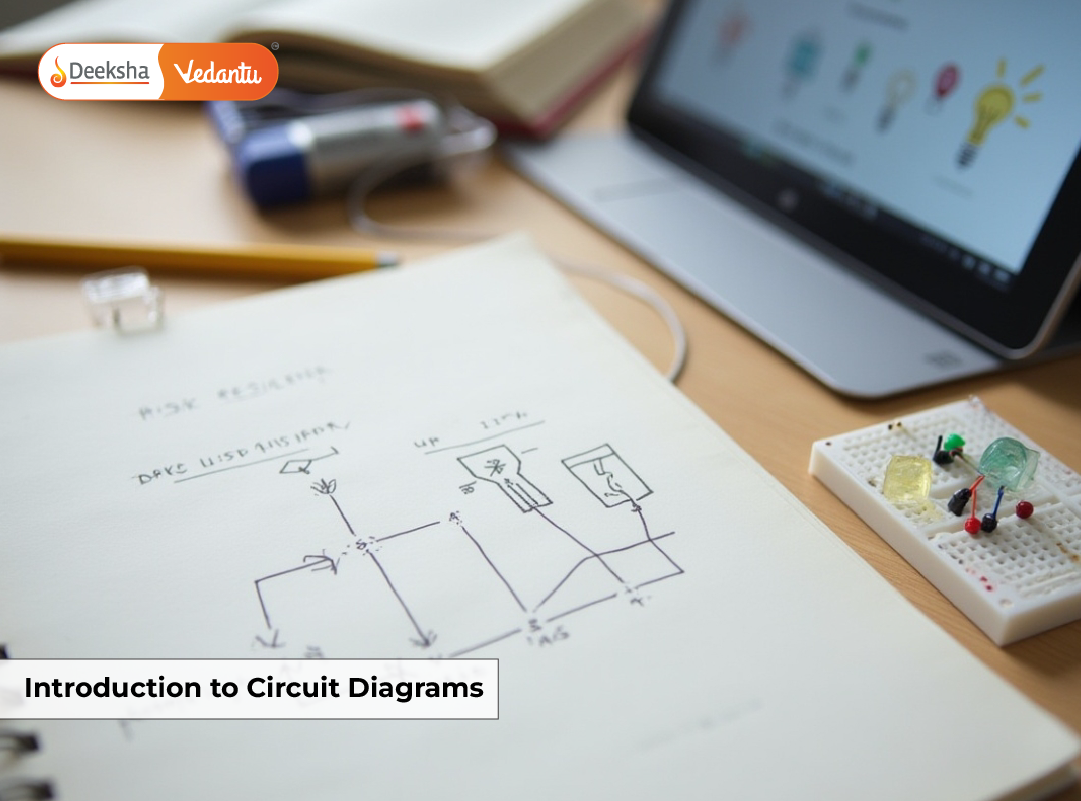
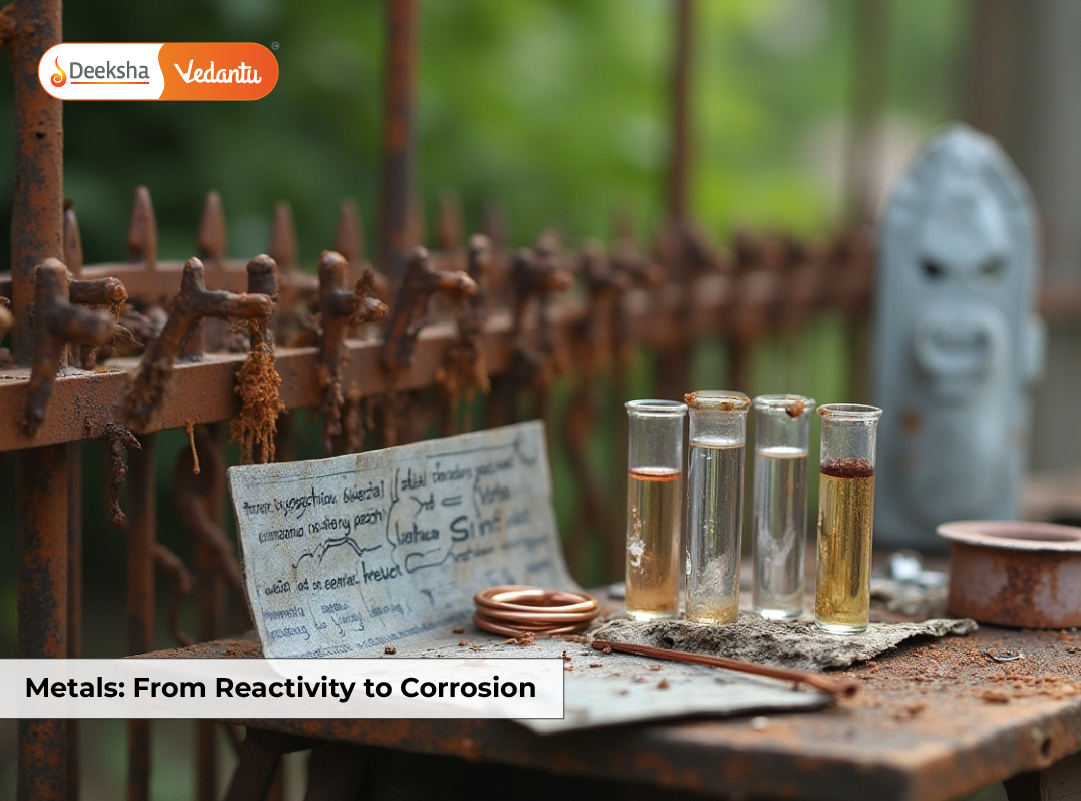
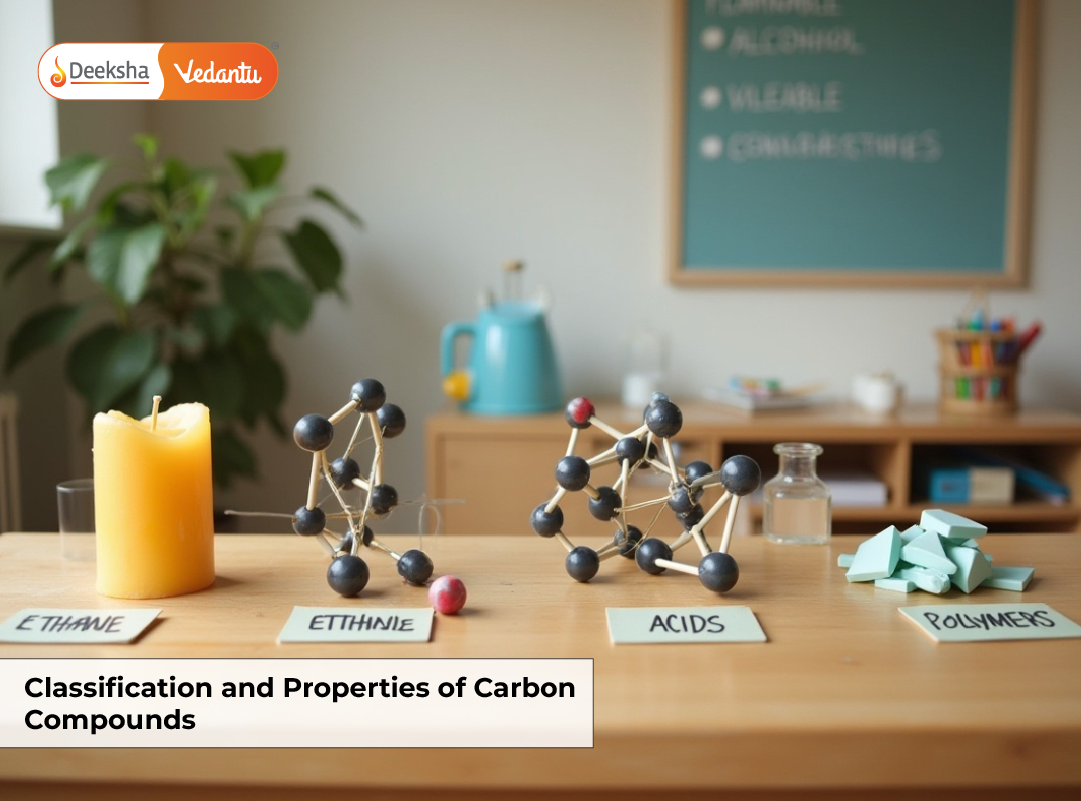

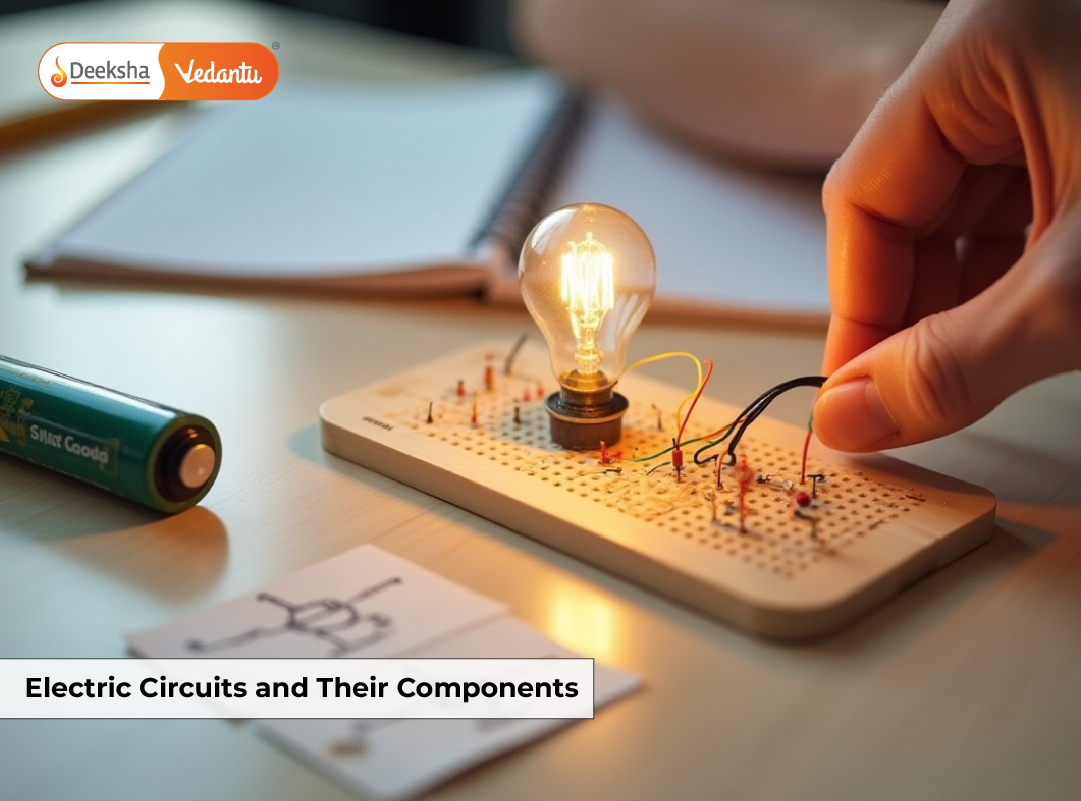
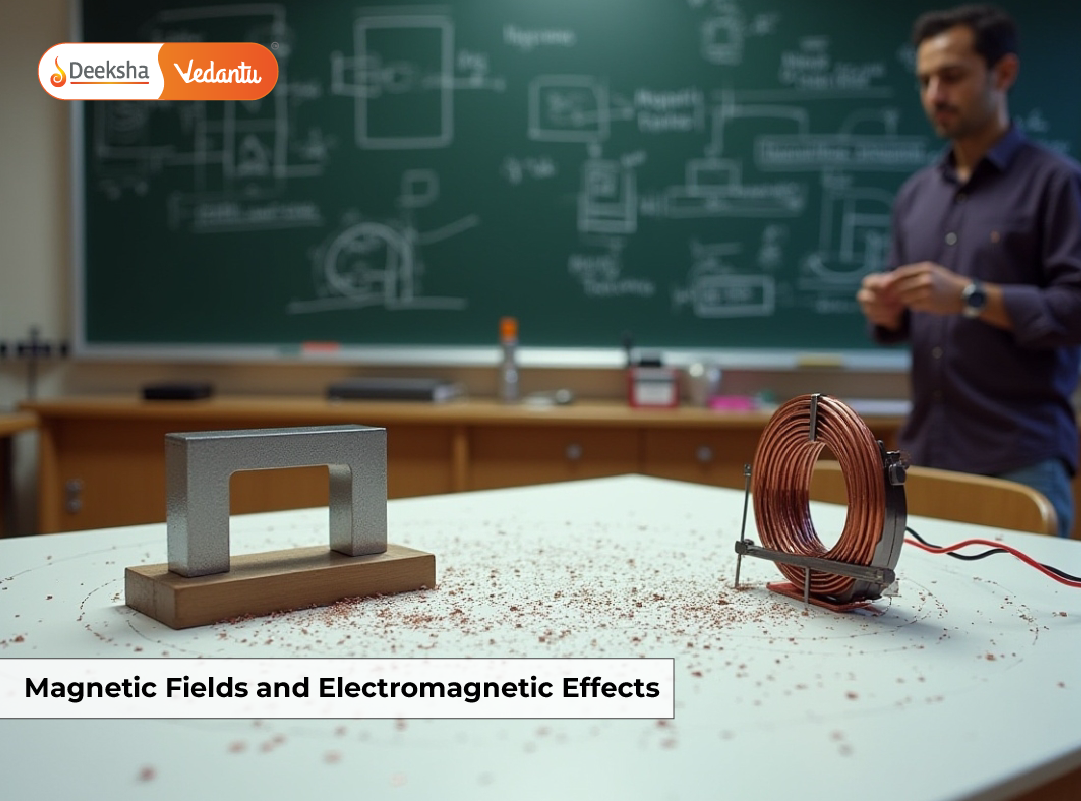
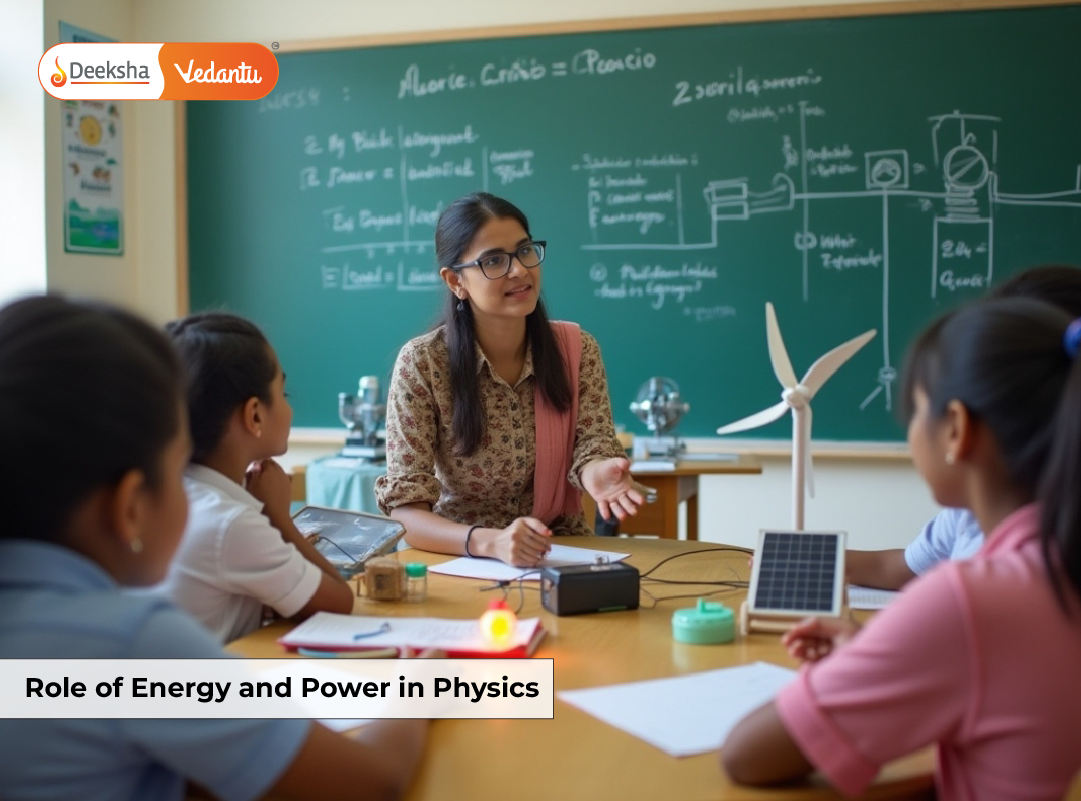



Get Social